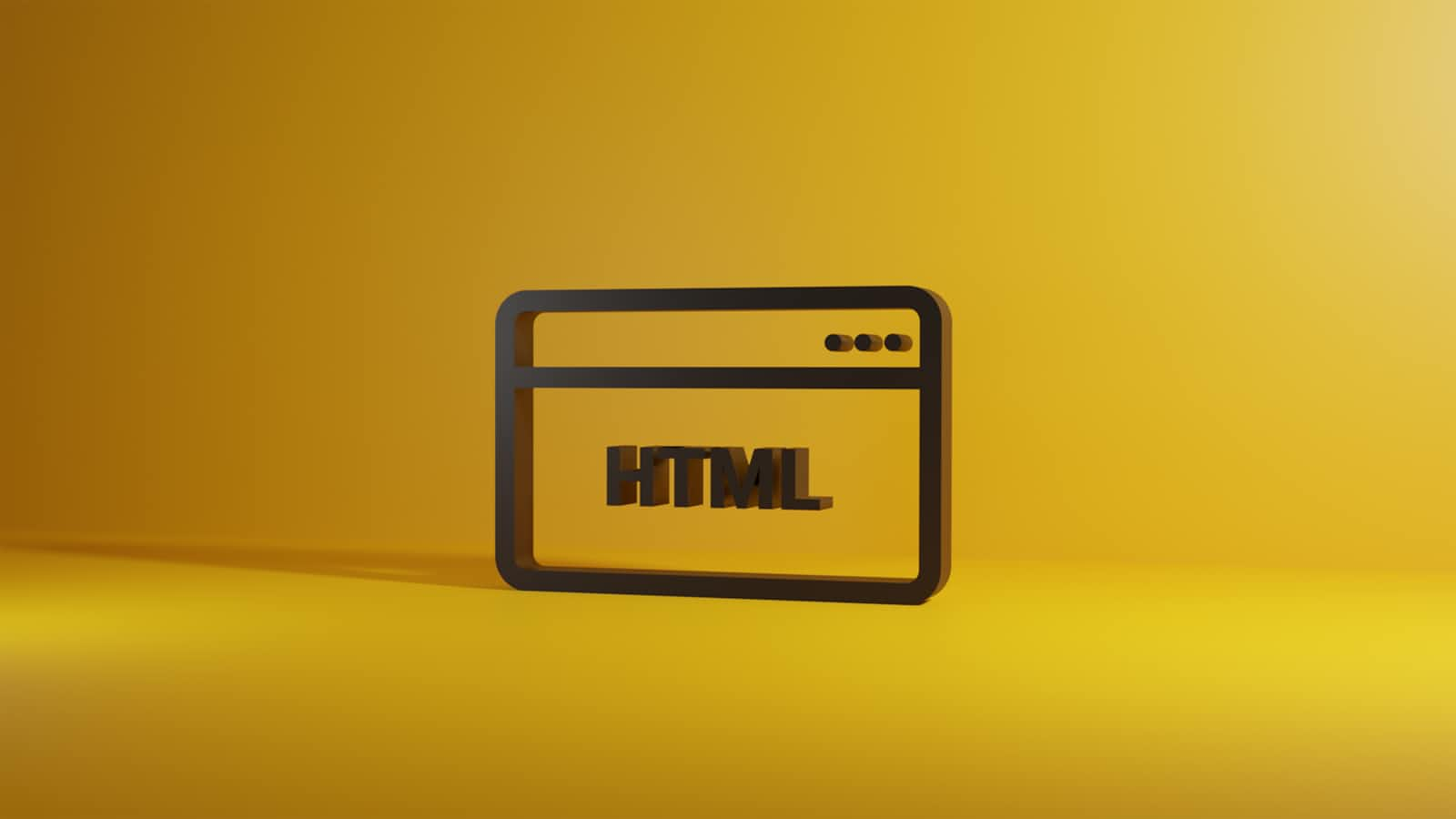Semantic HTML: Building Meaningful Web Pages
 Meshack mutinda
Meshack mutinda
Introduction
HTML, the backbone or so-called skeleton of the web, has evolved significantly over the years. While initially designed for simple document structure, it now offers a rich set of elements to convey the meaning of content. This is where semantic HTML comes into play. By using elements that perfectly describe the content they enclose, we create more accessible, SEO-optimized, and easily maintainable websites.
Understanding Semantic HTML
Everything around Semantic HTML revolves around the use of elements that clearly communicate the purpose and structure of content. Instead of relying on generic elements like <div> and <span> for everything, we use specific tags that provide meaningful context to search engines and screen readers.
Key benefits of semantic HTML
improved accessibility: Screen readers easily interpret semantic elements , enhancing accessibility to visually impaired users.
enhanced SEO: There is improved search rankings as search engines understand the structure and content of a page better.
Better Maintainability: Code becomes more readable and easier to modify.
Core Semantic Elements
Let's explore some essential semantic elements and their applications:
Structural Elements
<header>: Defines the header section of a page.<nav>: Represents the navigation links.<main>: Encloses the main content of the page.<aside>: Contains content related to the main content but not so essential. Such as sidebars or related articles.<section>: Divides the page into thematic sections.<article>: Represents a self-contained composition that can independently be distributed such as a blog post or news article.<footer>: Defines the footer section of a page containing copyright information or contact details.
Content Elements
<h1>to<h6>: Define headings.<p>: Represents a paragraph.<ul>and<ol>: Define unordered and ordered lists<li>: Defines a list items<figure>: Represents illustrations, diagrams or photos<Enhanced SEO: Improved search rankings as search engines better understand the structure and content of a page.Better Maintainability: Code becomes more readable and easier to modify.
Core Semantic Elements
Let's explore some essential semantic elements and their applications:
Structural Elements
<header>: Defines the header section of a page.<nav>: Represents the navigation links.<main>: Encloses the main content of the page.<aside>: Contains content related to the main content but not essential, such as sidebars or related articles.<section>: Divides the page into thematic sections.<article>: Represents a self-contained composition that can be independently distributed, such as a blog post or news article.<footer>: Defines the footer section of a page, containing copyright information or contact details.
Content Elements
<h1>to<h6>: Define headings.<p>: Represents a paragraph.<ul>and<ol>: Define unordered and ordered lists.<li>: Defines a list item.<figure>: Represents illustrations, diagrams, or photos.<figcaption>: Provides a caption for a<figure>.: Provides a caption for the<figure>element
Practical Example
Let's see how to apply semantic HTML to a basic blog post structure:
HTML
<!DOCTYPE html>
<html lang="eng">
<head>
<meta charset="UTF-8">
<title>Semantic HTML</title>
</head>
<body>
<header>
</header>
<main>
<article>
<h1>My Blog Post</h1>
<p>This is the content of my first webpage<p>
<p>Some more content here<p>
<figure>
<img src="img.jpg alt="Image Description">
<figcaption>Illustration Image</figcaption>
</figure>
</article>
<main>
<footer>
</footer>
</body>
</html>
In the above example, the structure of the page is clearly defined with semantic elements.
Challenges and Best Practices
Using semantic HTML effectively requires careful consideration. Some common challenges include:
Overuse of
<div>and<span>elements.Misunderstanding element purpose.
Balancing semantics with design.
To overcome these challenges, follow best practices:
Use semantic elements consistently.
Prioritize content structure over styling.
Test accessibility with screen readers.
Stay updated with HTML standards.
Conclusion
Semantic HTML is a cornerstone of modern web development. By embracing its principles, you create websites that are not only visually appealing but also accessible, SEO-friendly, and maintainable. While it may require an initial learning curve, the long-term benefits are substantial. So start using semantic HTML today and experience the difference it can make.
Subscribe to my newsletter
Read articles from Meshack mutinda directly inside your inbox. Subscribe to the newsletter, and don't miss out.
Written by

Meshack mutinda
Meshack mutinda
I am a computer science student passionate about web development and technical writing. I'm excited to share my learning journey from coding challenges to clear communication. Join me as I explore how coding and effective writing intersect